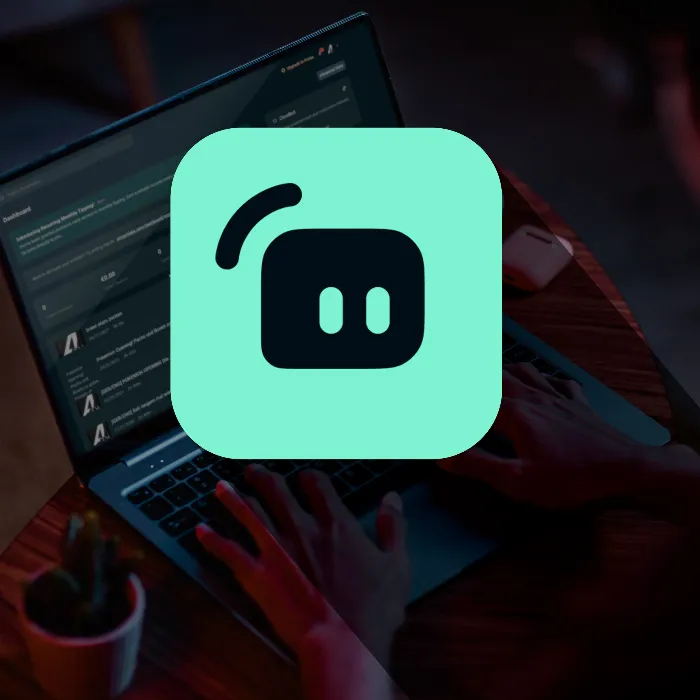You have decided to start streaming, but feel uncertain about the settings for Streamlabs OBS? Don't worry, this guide will take you by the hand and show you step by step what specific settings you should adjust to optimize your stream on both YouTube and Twitch. Let's get started!
Key Takeaways
- Choose the appropriate screen resolution for your hardware.
- Set the FPS to 60 for smoother motions.
- Use the hardware encoders of your graphics card for better performance.
- Determine the bitrate based on your upload speed.
Step-by-Step Guide
Let's start with the video settings. Click the gear icon at the bottom left in Streamlabs OBS. Then navigate to the video settings. The first step is to set your screen resolution. Right-click on your screen and go to display settings to see your current resolution. If your resolution is, for example, 1920 x 1080, adjust this accordingly in Streamlabs to set the output resolution to 1920 x 1080. This will ensure that your stream displays the native resolution of your screen.
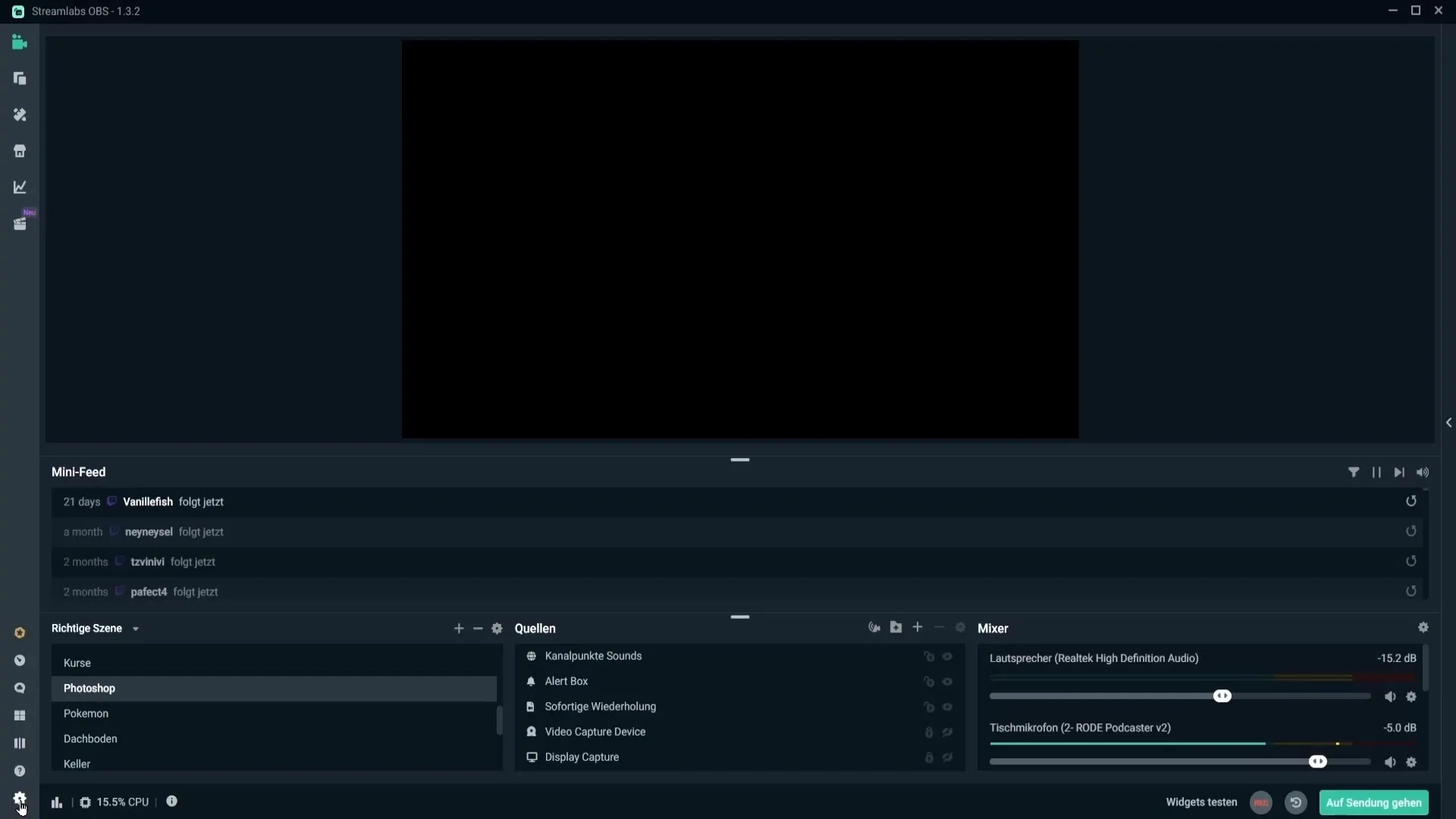
For Twitch, you should note that the maximum resolution is 1920 x 1080, while on YouTube you can stream in 4K, that is 2160p. Also, make sure to choose the correct downscale filter. If you are scaling, the Lanczos filter is recommended for the best quality. For the FPS setting, select "Common FPS Values" and set it to 60 to ensure the smoothness of your streams.
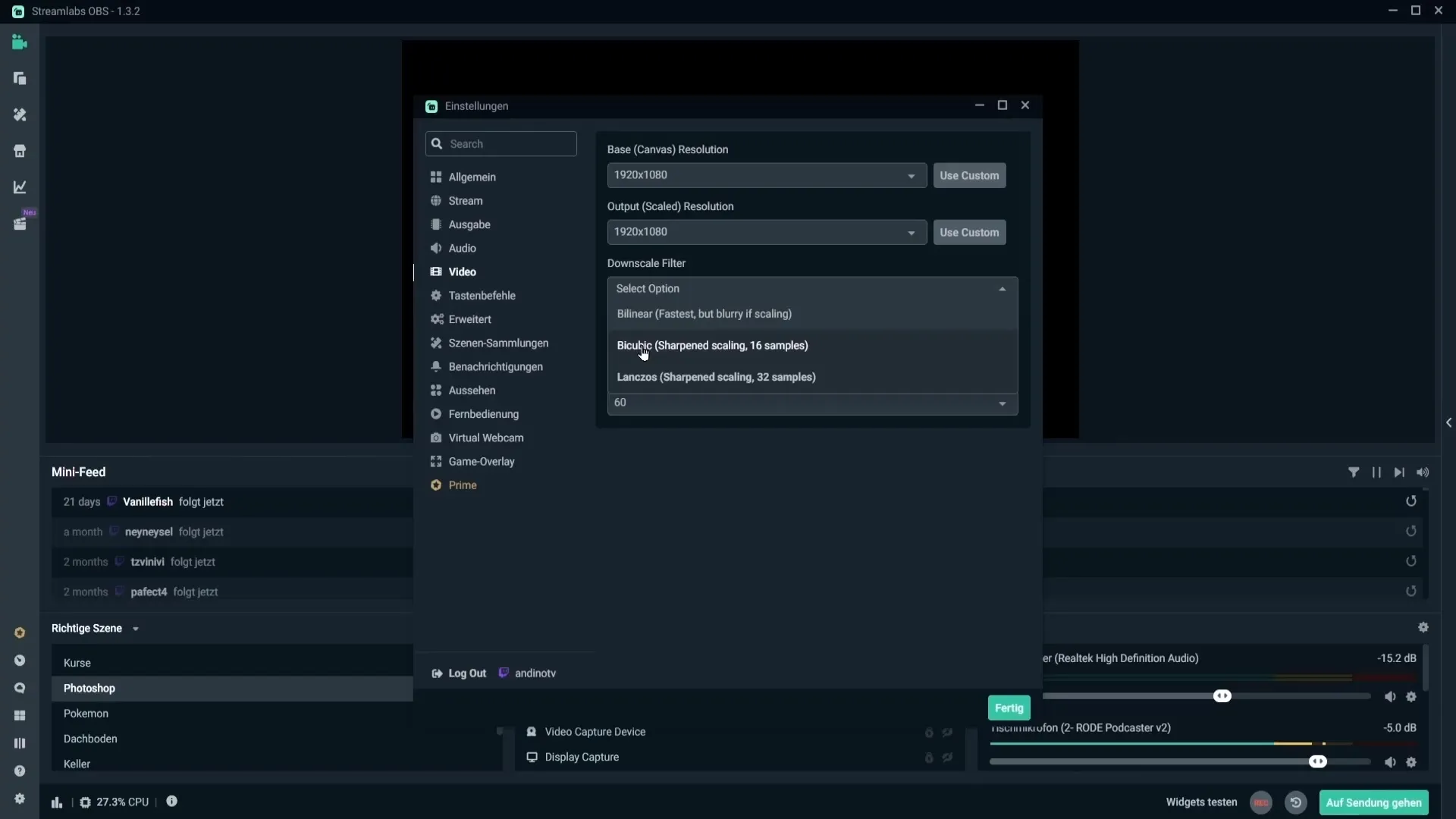
Now let's move on to the output settings. Under the "Stream" section, choose the output mode "Advanced". Here, you will need the settings for your audio track. You can manage the audio tracks using the gear icon at the top right. You can, for example, decide whether your microphone is on audio track 1 or another one for better control.
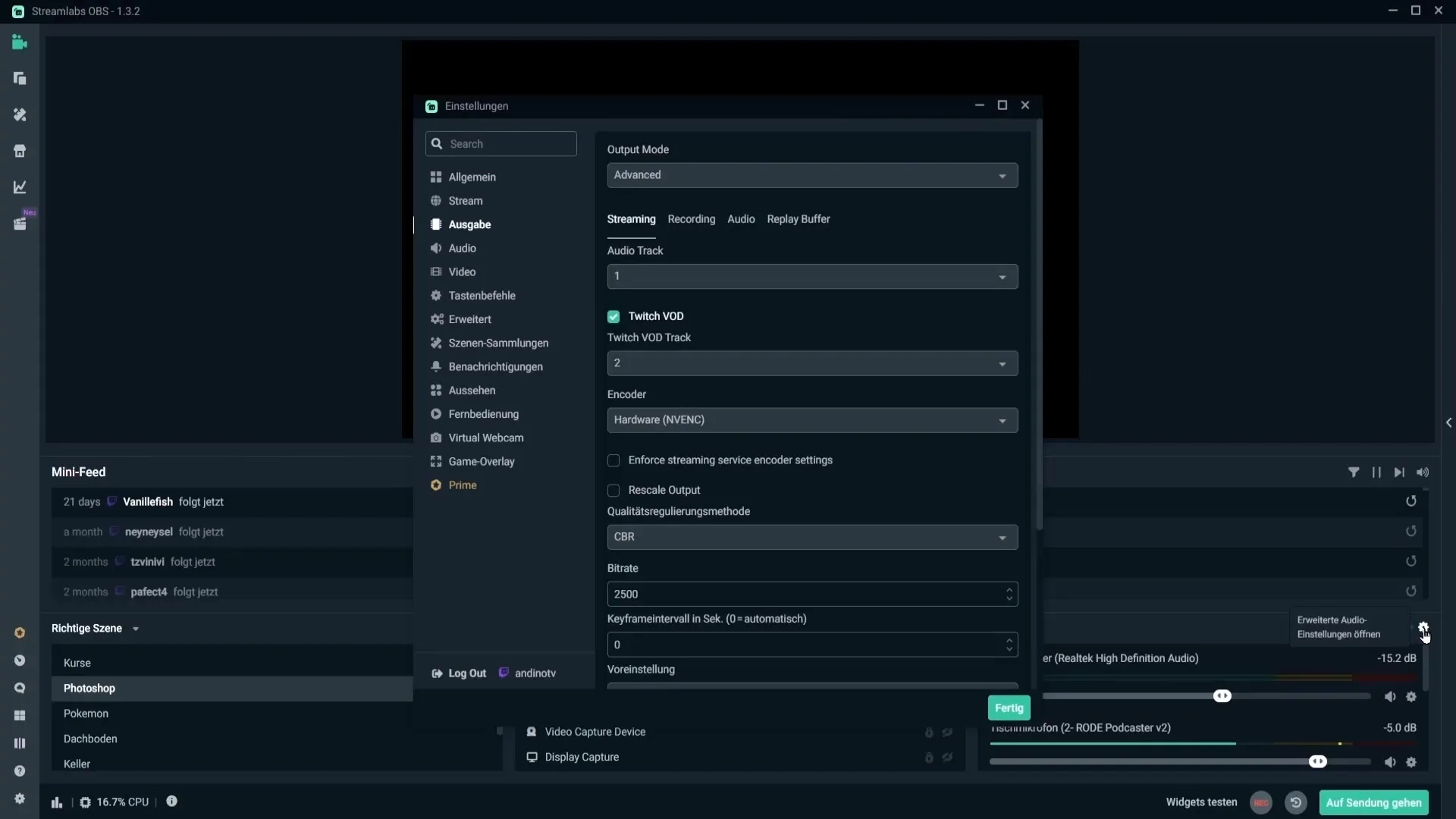
If you regularly save content on Twitch, you should enable "Twitch VOD". This allows you to choose which audio track is audible in your Twitch replays. This is especially useful if you are playing copyrighted music and want to ensure that it is not heard in your replays.
In the next step, we will set the most important encoder settings. Here you choose whether you want to use your CPU or GPU. If you have an Nvidia graphics card, I recommend using the hardware encoder. However, if you are only streaming on one device, CPU settings may work as well, provided it is not overly stressed.
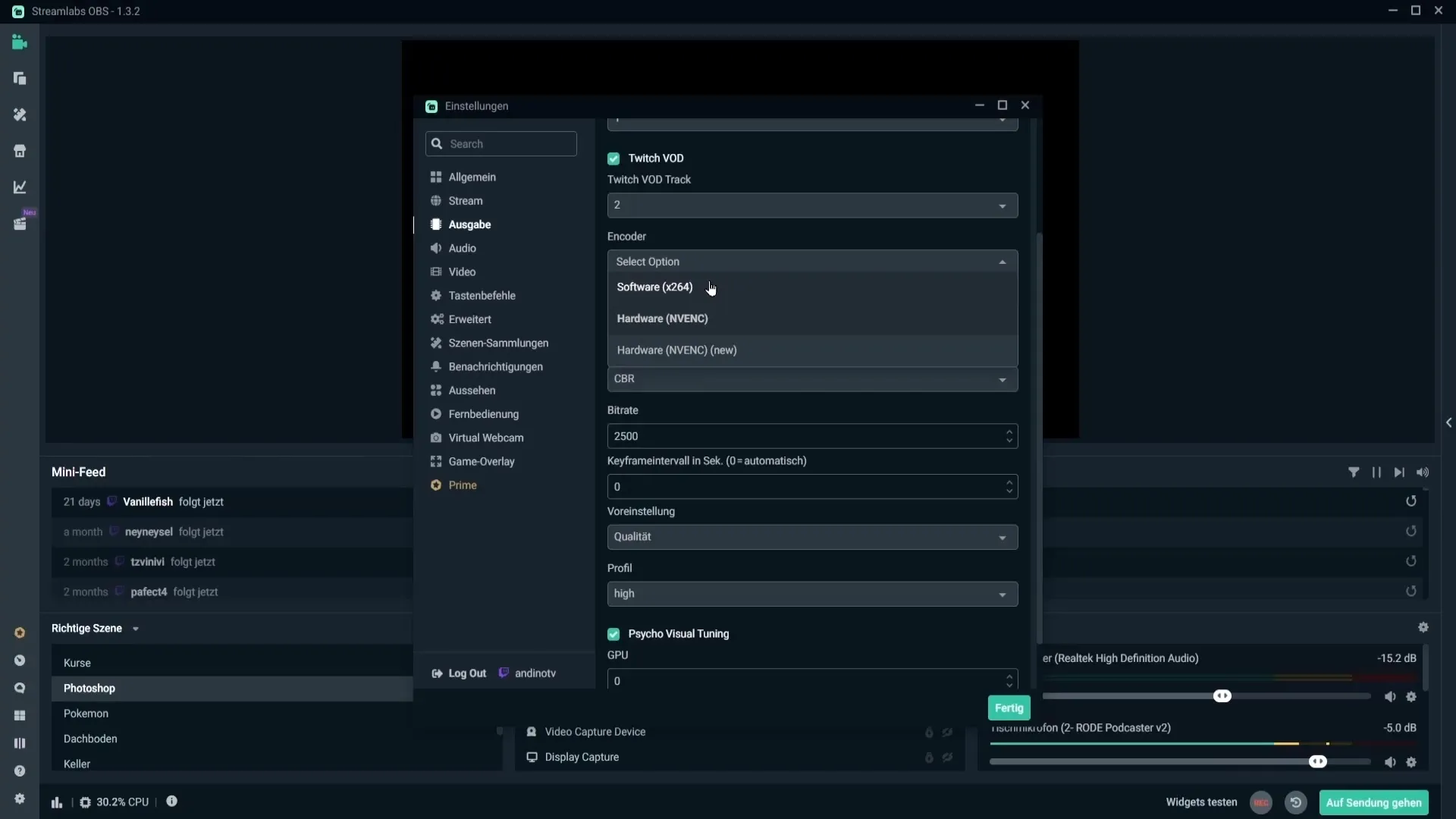
An important point is the selection of the bitrate. You should first conduct a speed test to determine your upload speed. Depending on the platform, you will need different bitrates: For Twitch, about 6000 Kbps (kilobits per second) is recommended for 1080p and 60 FPS, while for YouTube, you should set a bitrate of 4500 to 9000 Kbps, depending on the quality.
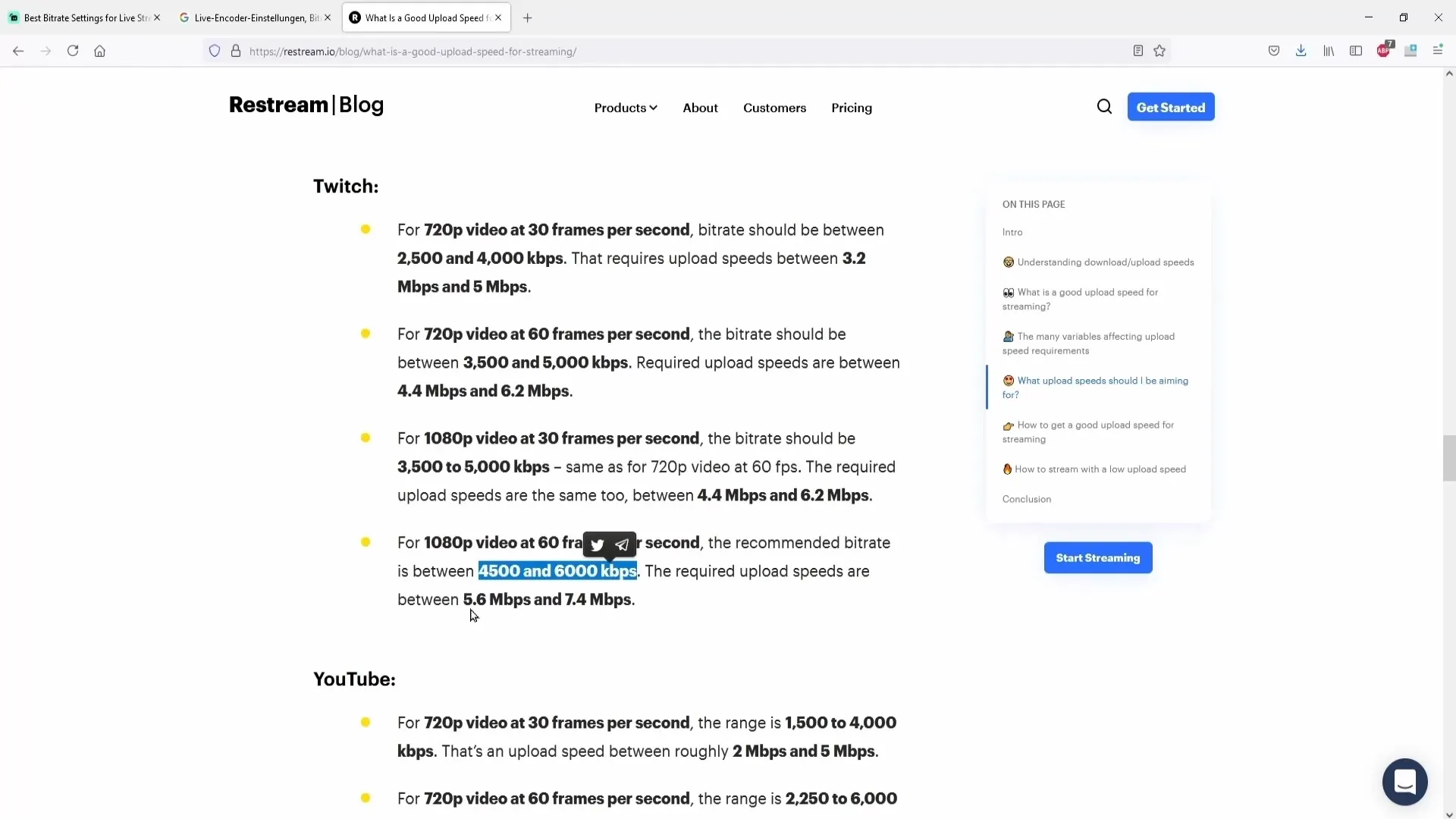
Take note of the recommendation for bits per second based on your upload. For example, if you have an upload speed of 20 Mbit/s and do a test stream, you want to ensure that your stream runs smoothly and adjust your bitrate accordingly.
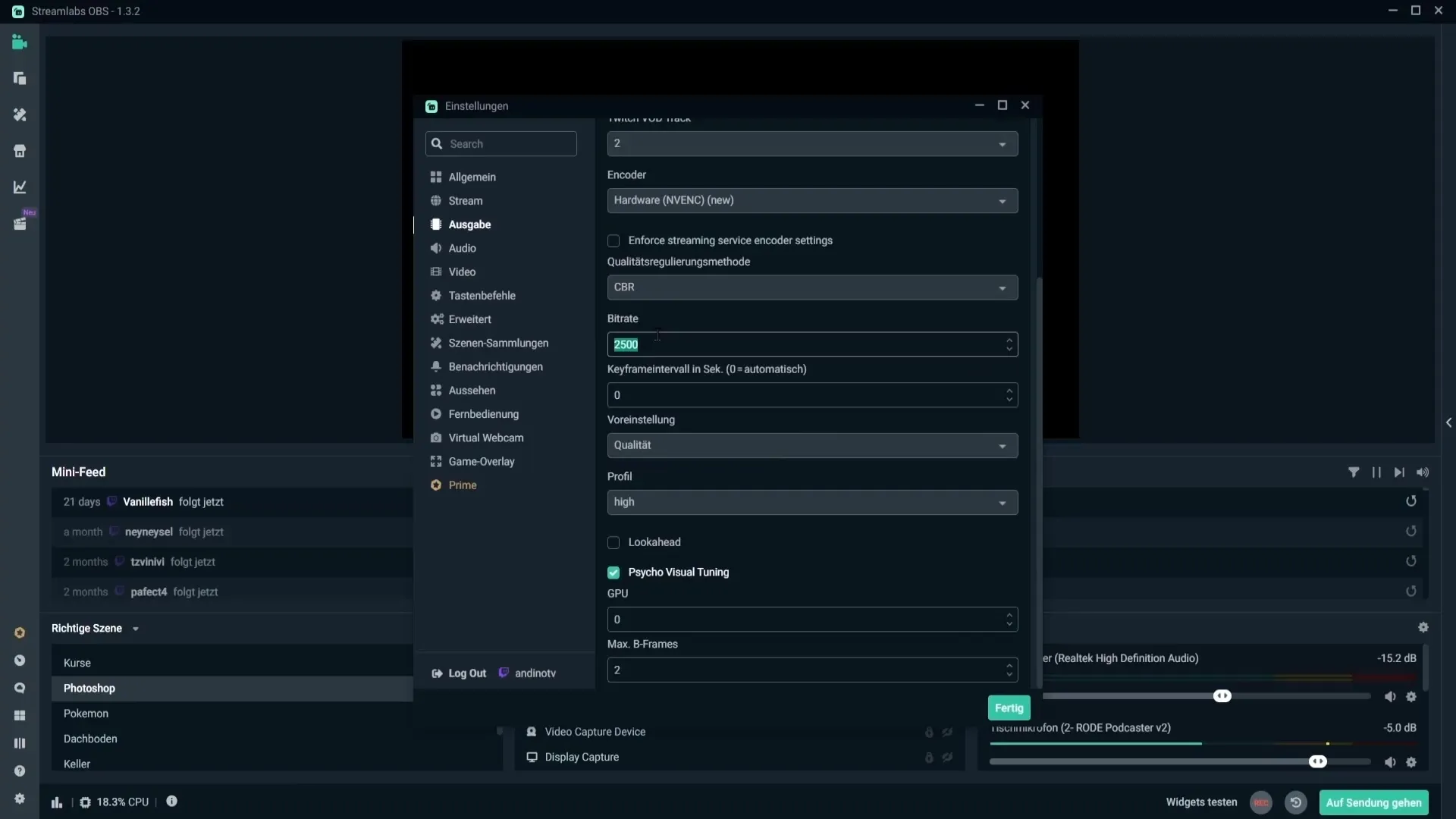
Then set the keyframe interval to 2, which is the standard for most streaming platforms. Uncheck the "Enforce Streaming Service Encoder Settings" to set your own parameters. Additionally, select the preset "Quality" to achieve the best possible streaming quality. For the B-frames, you can set the number to 2 to allow variance in the image without increasing complexity.
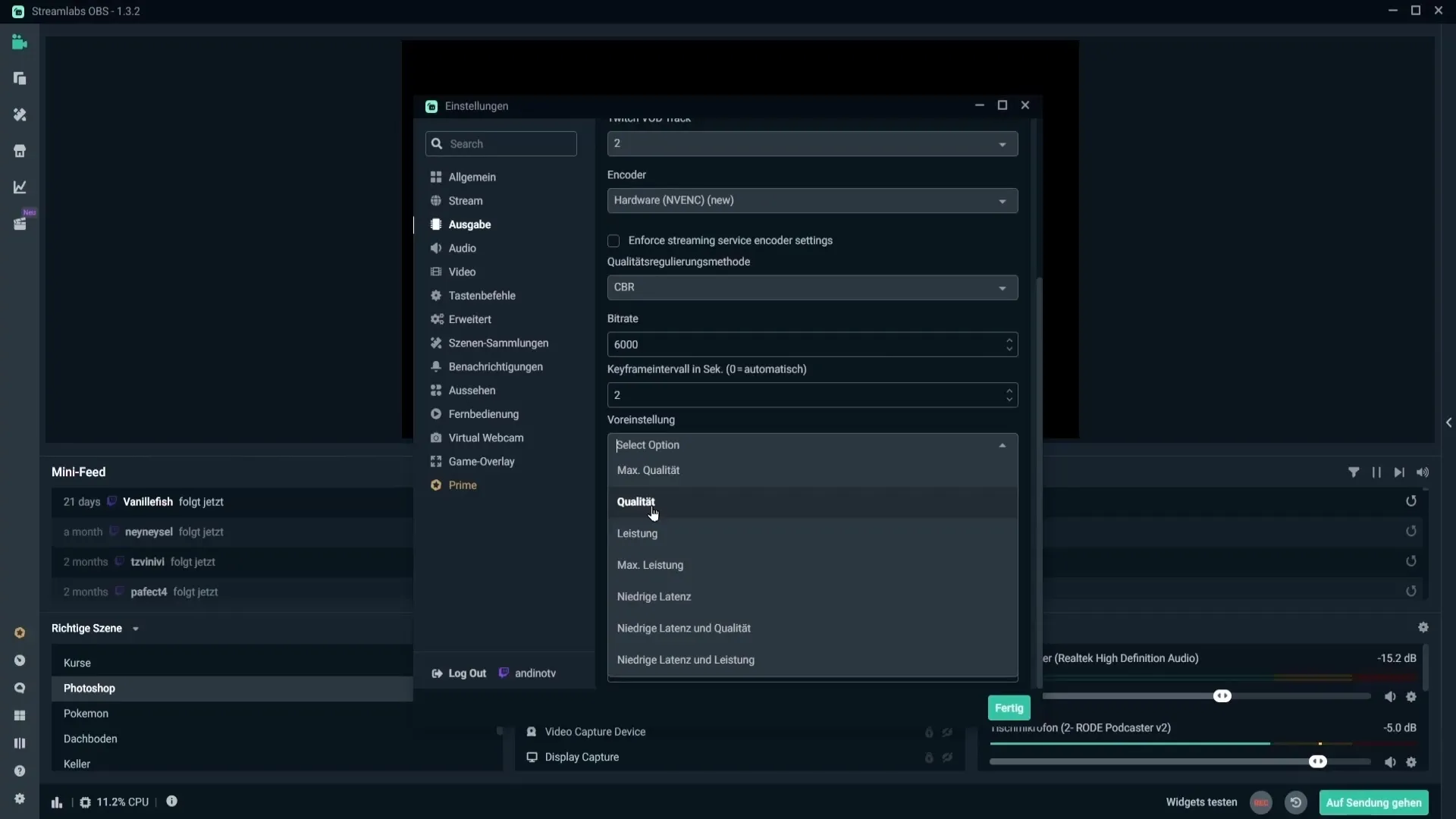
If you are using the CPU for encoding, similar principles apply. Go through the settings to ensure they match your system. Here, CPU usage is also crucial. Set your stream to keep your CPU usage below 90% to prevent your PC from being overloaded and to maintain a stable stream.
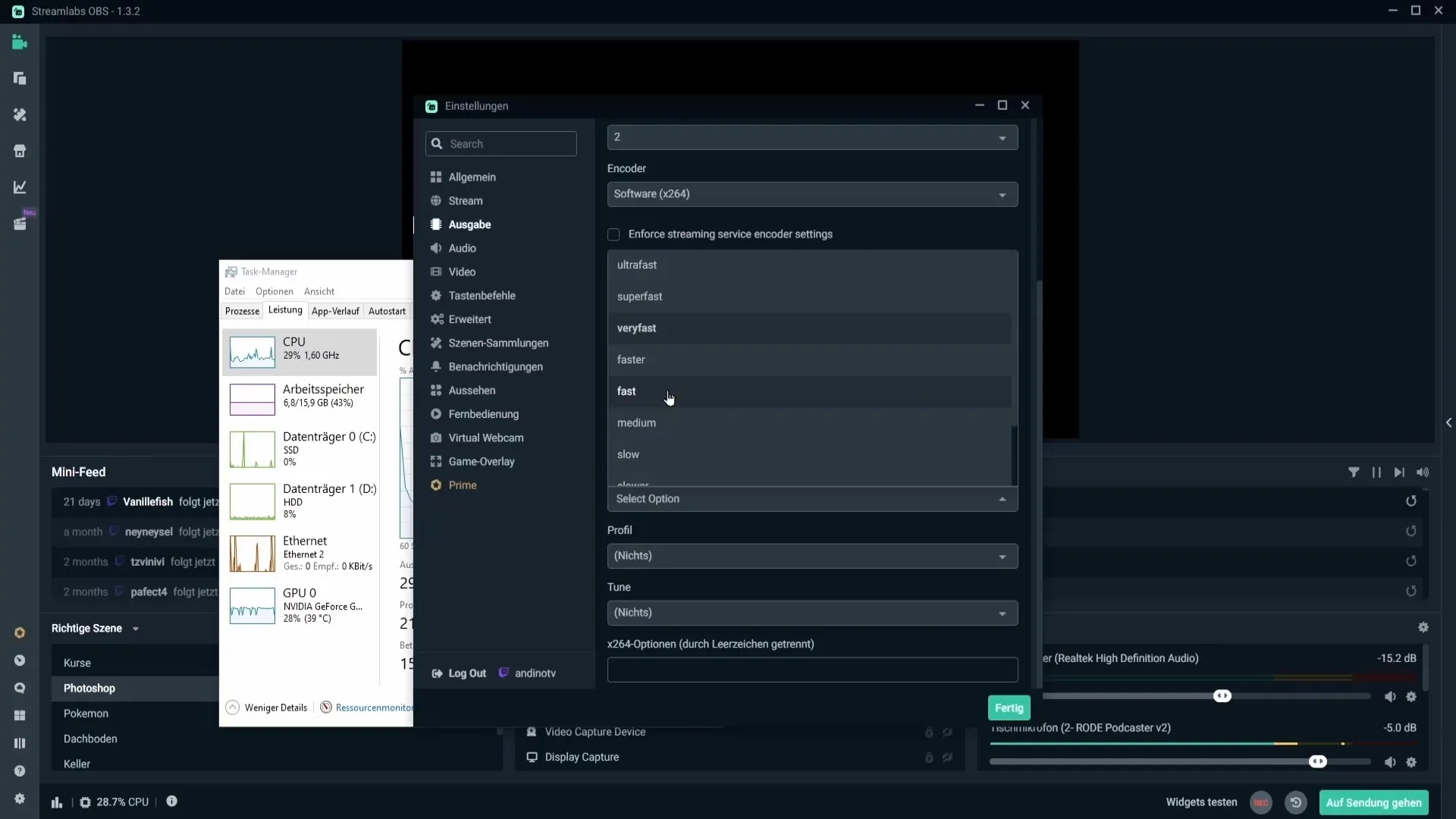
Whenever you make changes, start a test stream and check the performance of the GPU or CPU in the task manager. Monitor the load to ensure that your system can handle the quality of your stream.
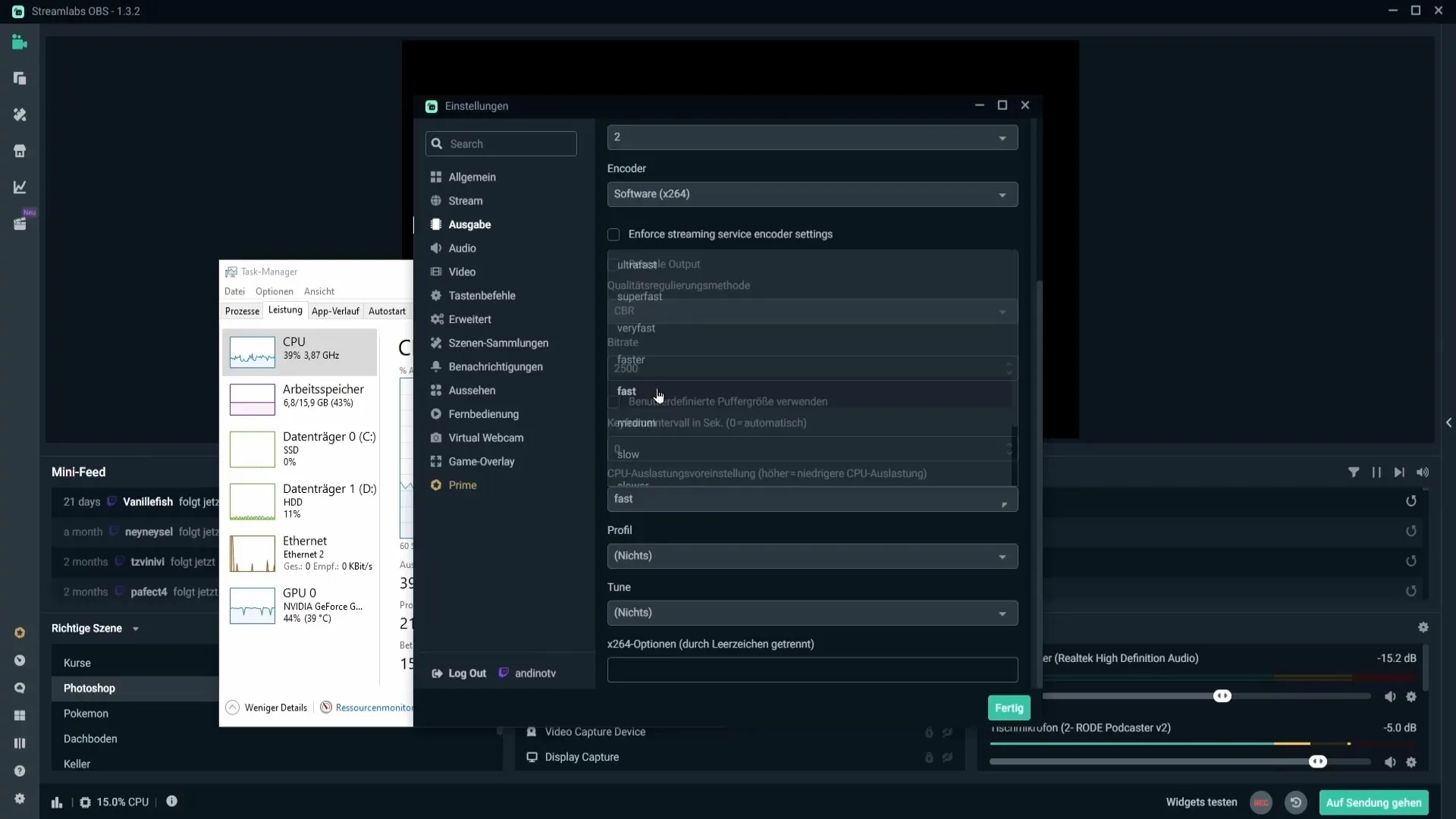
Summary - Streamlabs: The Best Stream and Video Settings for the Perfect Stream
With the right settings, you can ensure that your stream is both high quality and runs smoothly. Remember to adjust your resolution and bitrate to your internet speed and to conduct a performance check on every stream. Only then will you achieve the optimal results.
Frequently Asked Questions
What is the best resolution for Twitch?1920 x 1080 is the maximum resolution for Twitch.
How do I set the bitrate?The bitrate depends on your upload speed and should generally be between 4500 and 6000 Kbps for 1080p.
When should I test my stream?Run a test stream to check your settings and the performance of your system before going live.
Why is the keyframe interval important?A keyframe interval of 2 is important for compatibility with streaming platforms and improves stream stability.
What should I do if my CPU usage is high?Reduce the quality settings of your stream or use a different encoding method to lower the load.
